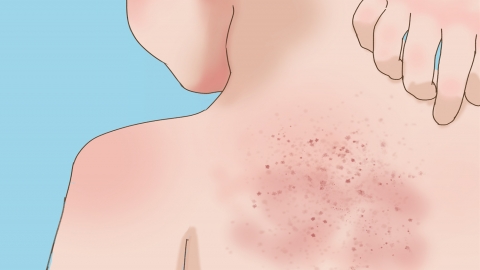What are the characteristics of infantile急疹?
Infantile急疹, commonly referred to as roseola infantum, is generally characterized by sudden high fever, rash appearing after the fever subsides, good mental status, typical rash morphology, and occurrence within a specific age group. These features can aid in initial identification. If in doubt, it is recommended to seek medical consultation in advance. Detailed analysis is as follows:

1. Sudden high fever: At the onset of the disease, body temperature rises rapidly, reaching 39°C to 40°C, and persists for a prolonged period, generally lasting 3 to 5 days. During this time, fever-reducing medications may cause temporary temperature reduction, but fever tends to recur easily. Some affected children may experience mild irritability.
2. Fever subsides followed by rash: This is the most distinguishing feature. When the high fever suddenly subsides, rashes appear on the skin. The rash initially appears on the neck and trunk, gradually spreading to the face and limbs, with the rash eruption process being relatively rapid.
3. Good mental status: Unlike other febrile illnesses, during the fever period, the child's mental status remains largely normal, with minimal impact on appetite and playfulness, except for possible mild lethargy at peak fever.
4. Typical rash morphology: The rash typically presents as light red maculopapular lesions, uniform in size, approximately 2 to 3 mm in diameter. The rash fades upon pressure, the skin between lesions appears normal, generally no itching is reported, and the rash resolves spontaneously within 1 to 2 days without leaving pigmentation or scarring.
5. Occurs primarily in a specific age group: It mainly affects infants and toddlers between 6 months and 2 years of age. Cases are less common among infants under 6 months due to maternal antibody protection, and the incidence significantly decreases after 2 years of age as the immune system matures.
If an infant or toddler exhibits the above-mentioned symptoms, roseola infantum may be suspected initially, but differentiation from other exanthematous febrile diseases is necessary.







